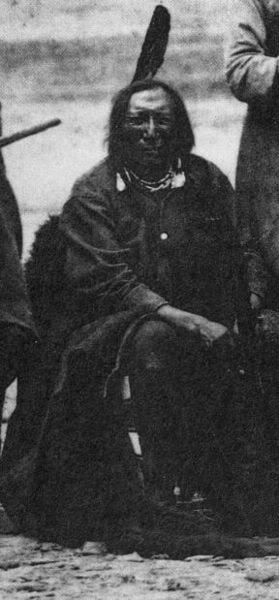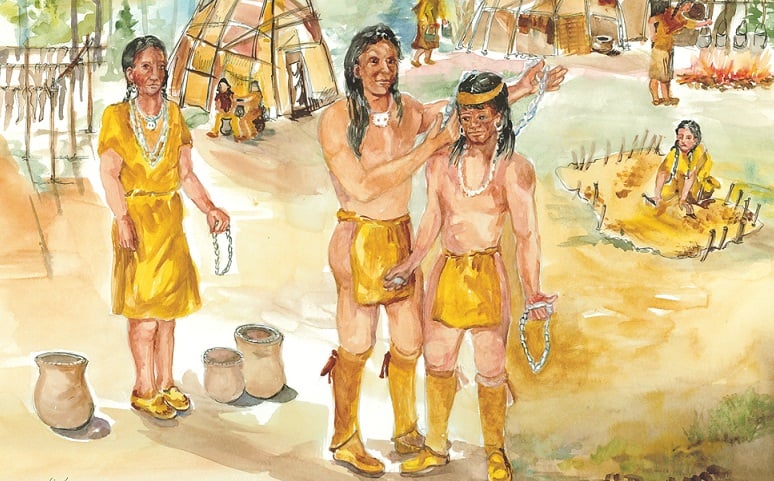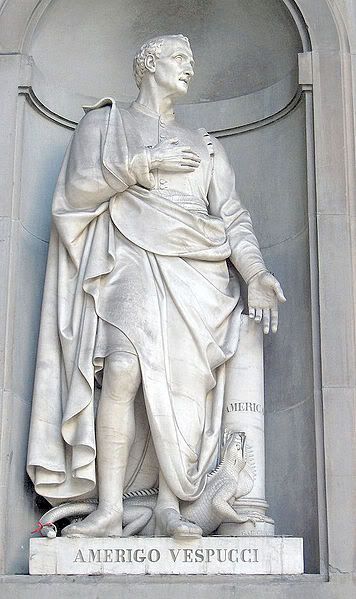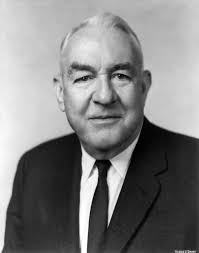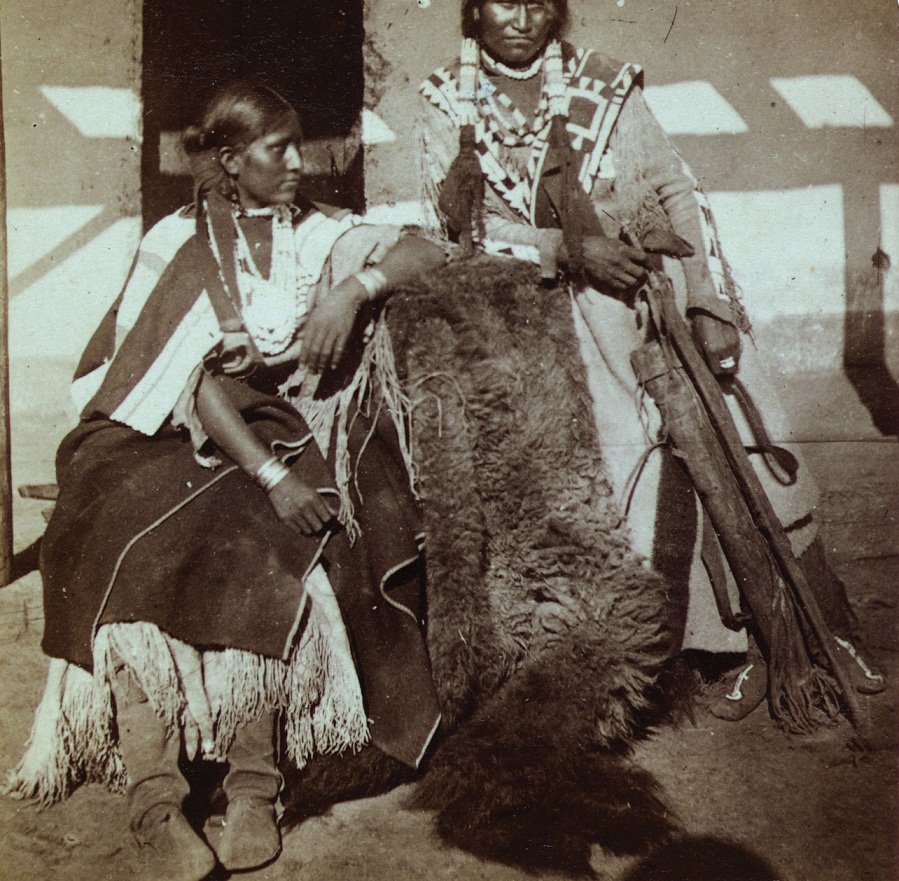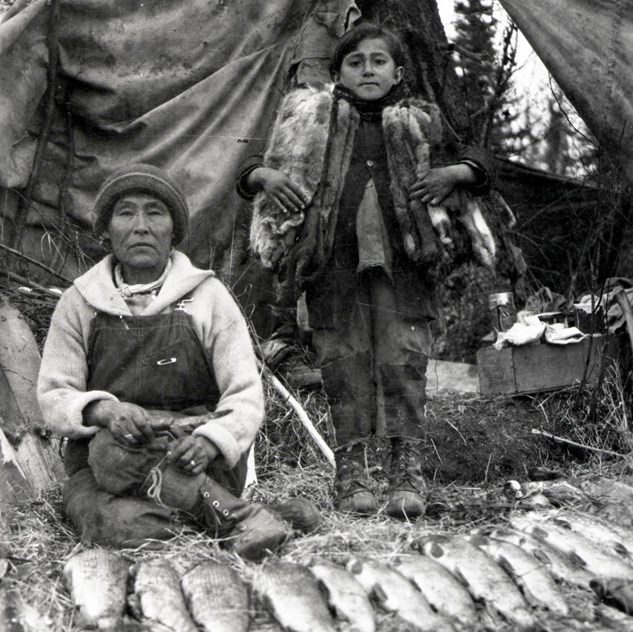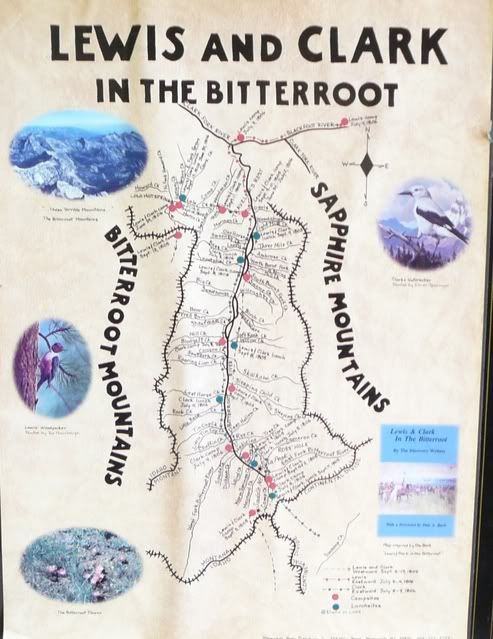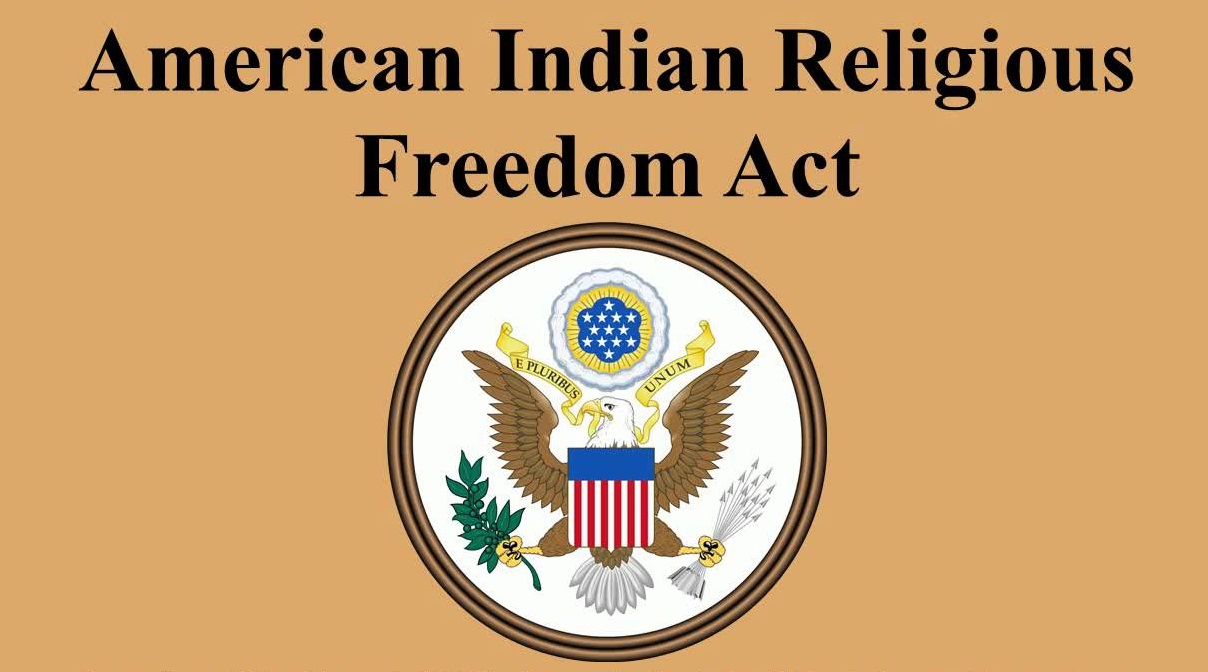Etowah
Mississippian is a cultural complex which spread from its hearth on the Mississippi River in Illinois throughout much of the Southeast. The most spectacular characteristic of Mississippian material culture is the construction of earthen pyramids. The pyramids, usually called mounds, have a flat top which provided a space for a ceremonial building or a chiefly … Continued

